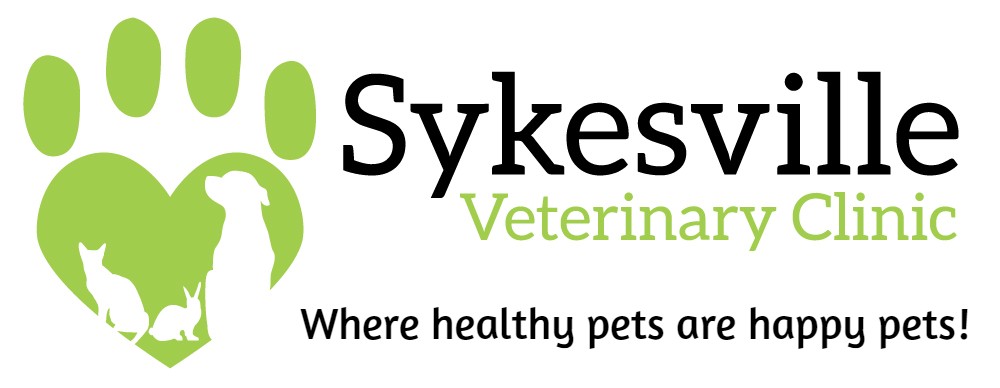Pet-proofing your home is one of your most important pet care duties, but you can’t say you’ve covered every nook and cranny if you haven’t conquered your backyard. To keep your pet of trouble if you decide to let them go outside to play, consider the following safety tips.
Create a Secure, Safe Playground for Them
Let’s talk fencing first. If you have an overly curious dog, chances are they will want to dig under your fence, jump over it or try to go straight through it just to find a way out. So, go for a sturdy and solid fence that’s just high enough to discourage jumping.
You also need to check the perimeter of your fence regularly and fix any potential breaches:
- Patch up holes.
- Repair, replace or add latches.
- Place cement blocks just below the fence, or chicken wire a few feet underground.
- Make sure there are no nearby objects that could double as a launch pad.
It pays to create pathways too, as this can help keep pets out of the garden area. If you’re using rocks, stick to smooth pebbles; jagged rocks are not the best choice for your pet’s paws. Instead, try establishing boundaries using bricks, driftwood, raised beds or containers.
Don’t forget to also designate an area within the yard where it’s okay for your pet to frolic, roll around in or dig. You could build a small circular enclosure or get them a sandbox of their own.
Steer Clear of the Following Potential Hazards
Threats to your pet’s safety exist in your yard in ways you would least expect. Certain fertilizers, pesticides and insect repellents, for instance, may be toxic. Should your pet hang out in a freshly treated patch of grass and later lick off their paws, they could actually ingest some of those toxins by accident, resulting in an emergency trip to the vet.
Your safest bet is to use pet-safe yard products. For fertilizers, this means staying away for those containing blood or bone meal and cocoa, which smell enticing enough to pets to want to nibble at. For pest control, switch out over-the-counter poison with natural deterrents.
You also need to be cautious of what you plant in your backyard. A number of common plants, flowers and shrubs can be toxic to pets. That list includes English ivy, rhubarb, daffodils, hydrangeas and elephant’s ear. Grass, though not poisonous per se, can result in an upset tummy if it’s too heavily consumed.
Lastly, remember to secure other outdoor items that your pet may attempt to chew on such as hoses, exposed wires and chairs.
Keep these pet care safety tips in mind so they can enjoy their time spent outdoors. Of course, supervision is key as well. Spend as much time as you can hanging out with your pet to avoid those backyard blues.
Creative Commons Attribution: Permission is granted to repost this article in its entirety with credit to Sykesville Veterinary Clinic and a clickable link back to this page.
Image courtesy of Gualberto107 at FreeDigitalPhotos.net
